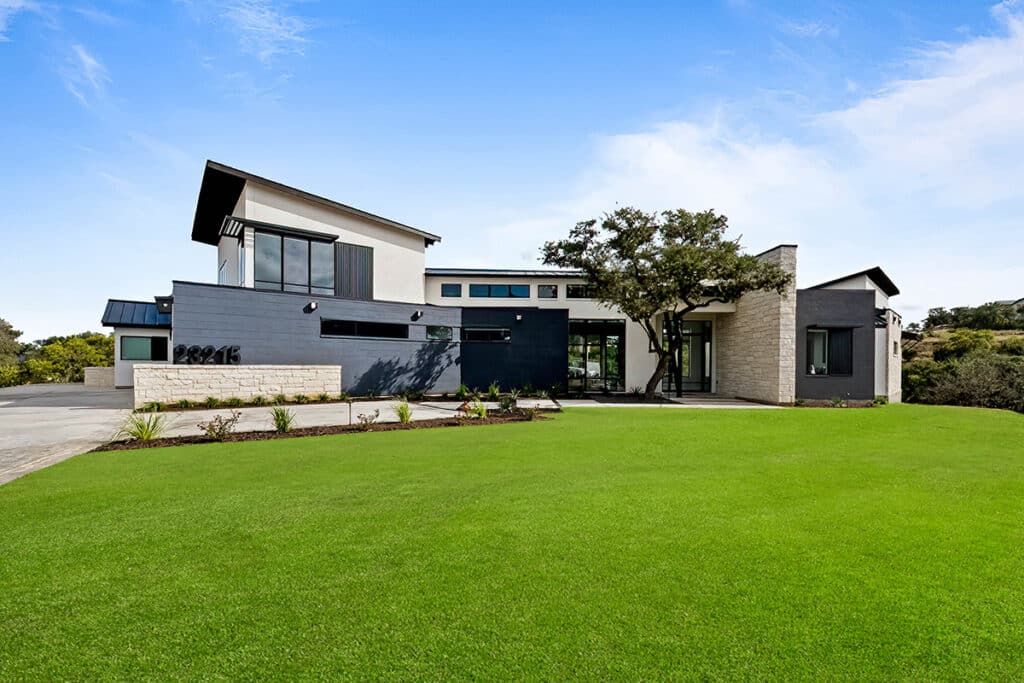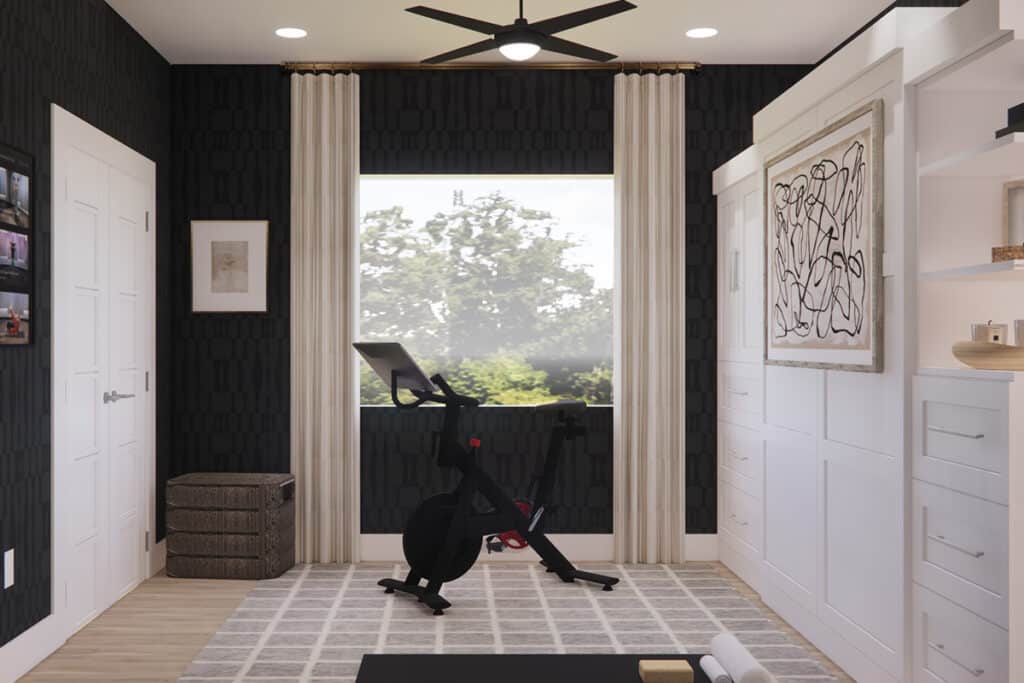
Everything old is new again, as the saying goes, and in many ways that’s what the new sustainable gardening rage is all about — a return to good horticultural practices of the past. This includes protecting the environment with actions that are less harmful and more beneficial for our families, our gardens and the world through natural or organic processes and conservation of resources. These techniques have a long history in North America dating back to Native Americans.
Landscape For Life™, an organization based on the Sustainable Sites Initiative (SITES™) principles, says, “At its core, sustainability is the process of attempting to meet the needs of today without compromising the needs of tomorrow. The design, construction, and maintenance of sustainable gardens maximize environmental and human health benefits for current and future generations.”
SITES™, a collaborative effort of the U.S. Botanic Garden, American Society of Landscape Architects and Lady Bird Johnson Wildflower Center, reference sustainability to landscape and gardening as “to protect, restore and enhance the ability of landscapes to provide ecosystem services that benefit humans and other organisms.”
Low-maintenance, eco-friendly, sustainable gardening is at its essence growing and harvesting with minimal depletion, damage prevention and restoration of resources. Bexar County Extension horticulture agent David Rodriguez says the demand for information and education about sustainable gardening is high as the County Extension program celebrates its centennial. “There is a growing interest as we see continued suburbia and urban centers; people are wanting to connect with nature,” he says. For anyone considering a sustainable garden, Rodriguez says it’s essential to carefully consider what you want from your garden. Will it be to provide vegetables and fruits to feed your family or supplement what you buy? Are you looking to have enough to share?
Once you have your goals and purpose defined, Rodriguez offers his best tips, the four “P’s,” to give garden spaces in Bexar County the best start:
Planning – Consider the space you need for what you want to grow and where to locate the garden so that you have good sunlight. “While we love our shade trees in South Texas, they can limit your crops, though some root and dark leafy greens can grow with less sun,” Rodriguez says. It doesn’t have to be a large plot of land; you can garden in raised beds and even containers.
Preparation – Soil in this area can be lacking; we have such an array — from solid limestone to black clay and sand. Texas A & M University’s soil and water lab offers inexpensive routine soil analysis that can indicate if you need to augment or add aeration with a good garden mix.
Purchase – Buy from locally owned and operated nurseries. They offer the best adapted plant varieties for the area that are heat-tolerant, low-maintenance and have the fewest pest issues.
Planting – Do it correctly. Follow the horticultural guides for varietal and seasonal planting recommendations for our area at www.bexar-tx.tamu.edu. Learn about planting, maintenance, growing methods and harvesting through programs like the extensions and Backyard Basics™ that promote the art of self-reliance to support healthy living through home-based food production, preparation and preservation.
Landscape For Life™ provides educational resources for homeowners on how to work holistically with nature in your garden, no matter where you live, whether you garden on a city or suburban lot, a 20–acre farm or the common area of your condominium.
While conventional gardens can work against
nature, Landscape for Life offers this overview for sustainable gardening:
• Plant trimmings are composted and used as mulch.
• Properly chosen plant species and organic matter from on-site vegetation promote healthy plant growth.
• Garden structures and features can be adapted and reused in place or easily deconstructed and reclaimed or recycled.
• Design solutions fit the place and are representative of the local soils, vegetation, materials, and/or culture.
To help you determine if your landscape and garden are contributing to the health and sustainability of the environment, consider taking the County Extension’s Earth-Kind® Challenge. A series of online questions about cultural principles and practices of landscape management help determine a score based on landscape design, hydrozoning plants with similar water requirements, soil preparation and improvement, plant selection, mulching, irrigation efficiency and pest management.
There are many reasons to do right by nature and to garden sustainably, but perhaps Rodriguez has the best: “Sustainable gardening is a fun concept that brings families together. Turn off the TV, get outside, garden, harvest and make healthy meals from what you’ve grown. I like to say, if you grow it yourself, you’ll eat it because it’ll taste better.”




